How to Clean a Broom—It's Dirtier Than You Think

By Marilyn Syarto
Have you ever turned your well-loved broom over to see what’s really lurking there? It’s not pretty, and that’s why you might want to learn how to clean a broom. If you don’t keep your broom tidy, everything you’ve pushed around with it is hiding and festering in the bristles. Luckily, it only takes a few minutes to clear out the crud.
This guide will walk you through the telltale signs that it’s time to clean your broom and when the time comes to do so, how to properly clean it.
Photo via Miss Diane Schultz
When to Clean a Broom
The experts at Libman, manufacturers of household and commercial brooms and mops, recommend cleaning your broom once a month. If you don’t use your broom all that frequently, you can clean your broom every three months. For those of you who use your broom to sweep up kitty litter multiple times a week, it might be best to clean and disinfect your broom every week or two to be on the safe side.
Consider Multiple Brooms
How to Remove Dust from a Broom
Brooms that are used to only clean up dry materials, dust, and dander can still get grimy. To remove dust from a broom, it just needs to be knocked around a little bit to release the dirt from the fibers.
Take the broom outdoors and knock it against a pole, tree, or fence (not too hard, you don’t want to snap it in two). If you need to do this indoors, stick your broom inside an empty garbage bag in a bin and knock it side to side a few times. Close the bag of dust and take it out to the garbage immediately so the dirt doesn’t travel around your home.
Use Dust Pans With Teeth
Photo via Kelly-n-Tony
How to Wash a Broom
It doesn’t matter if you have a broom with synthetic rubber or plastic bristles or good old-fashioned natural straw bristles. Both can be cleaned the same way. Here’s how to clean your broom so that you can have peace of mind next time you use it to clean your home’s floors.
Check to see if your broom has a removable head, which will help make it easier and faster to clean. Not every modern broom has a detachable head (some have hinges only or they are made in one piece for extra durability).
Safety Warning
Wear a face mask to prevent the inhalation of floating dust and rubber gloves when combing through the broom’s bristles. You don’t know what sharp objects might be hiding in them!
Tools and Materials Needed:
- Face mask
- Rubber gloves
- Bucket or utility sink
- Water
- Liquid dish soap
- Chlorine bleach, non-chlorine bleach, or a mold and mildew removal spray (optional)
- Old toothbrush (optional)
- Old wide-tooth comb
- Disinfecting cleaner
- Paper towels
- Old towel
Step 1: Remove the Dust
Before washing the head, always remove as much dust and debris from the bristles as you can while the broom is still dry.
Step 2: Comb the Broom Head
Use an old comb to remove large debris from the broom head. Use rubber gloves when combing the dirty broom head.
Step 3: Submerge the Broom Head in Water and Soap
Fill the bucket or the sink with warm water and a few drops of liquid dish soap. Swish the soap around to make suds. Avoid using hot water to clean a broom head because it may damage or soften the bristles. Place the head of the broom fully into the water.
Step 4: Remove Mold and Mildew
To remove any mold or mildew spores you spot, you have three options:
- Dip the broom head in a solution of water and chlorine bleach (don’t soak it or the bristles may dry it out). Then, use an old toothbrush to brush the surface mold away and immediately put the toothbrush in a closed bag and throw it away to prevent spores from replicating.
- Mix non-chlorinated bleach and water and soak the broom head in the solution for 30 minutes. Use an old toothbrush to further eliminate surface mold and mildew after it's done soaking, making sure to put the toothbrush in a closed bag and throwing away immediately.
- Use Moldex, a spray specially formulated to remove mold and mildew spores. Follow the directions on the label of the product.
Step 5: Soak the Broom Head
Let the broom soak in the sudsy solution you completed in Step 4 for 30 minutes maximum.
Step 6: Clean the Broom Handle, Dust Pan, and Comb
As the head is soaking, clean the broom handle, dust pan, and comb. Disinfect them by using any type of cleaner and a paper towel. You may want to soak your dust pan in water and soap if it’s pretty gross and/or encrusted with gummy substances.
Step 7: Rinse the Broom Head
Run the broom head under a stream of clean water to remove the suds. Use the comb to remove suds and any lingering dirt from the bristles.
Step 8: Dry the Broom Head
You can use an old towel to blot the excess water from the broom head after rinsing it. Shake the broom head to release more water. Always stand up the broom so the head is at the top; the air will circulate better around the broom head to help it dry faster.
Dry Broom in the Sun
How to Store a Broom
To keep the broom head’s edges straight and undamaged, always store a broom upside down. Doing this will also increase the air circulation around the broom head. This applies to synthetic and natural bristle brooms. It’s also important to store your brooms indoors instead of leaving them on humid or damp porches or anywhere else outdoors. The bristles on brooms left outdoors in the full sun may dry up or become bleached.
How to Trim Your Broom
Before storing the broom, give it a haircut. Bristles wear down and sharp ends become dull, frayed, bent, or split at the ends, hindering its functionality. Grab a sharp pair of scissors and trim the ends of the bristles, slightly following the same angle they’re already cut at. Use an old wide-tooth comb to guide your cuts just as you would when trimming hair. You’ll be able to sweep with precision once again!
Have you salvaged a favorite broom from the landfill? How did you clean it and make it fresh again? Let us know your tricks!



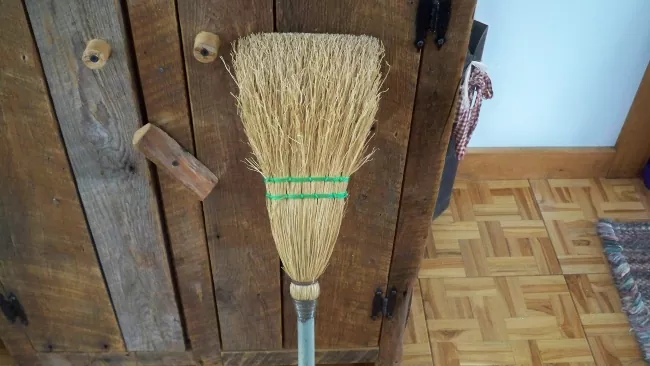

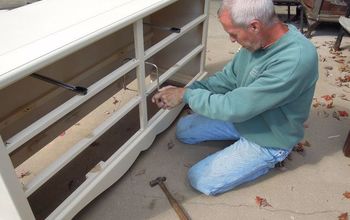
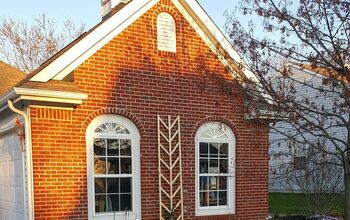
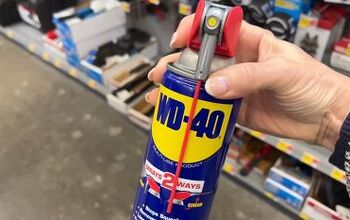
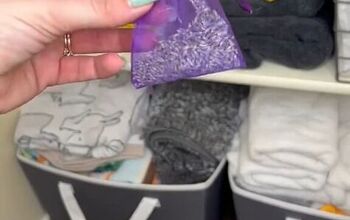
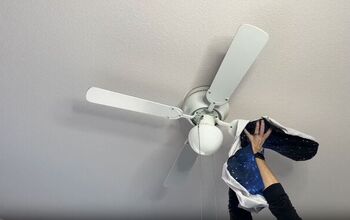


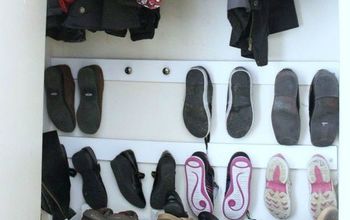



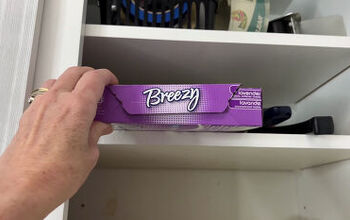
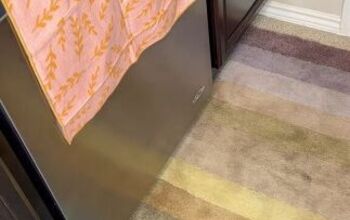
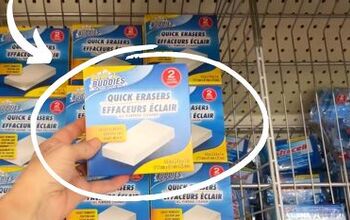
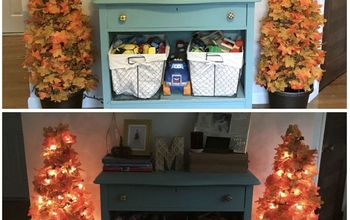
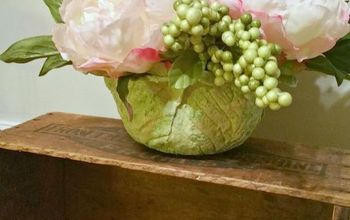
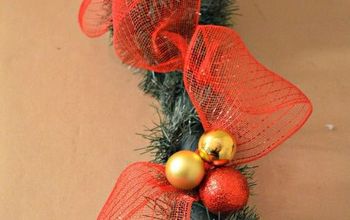
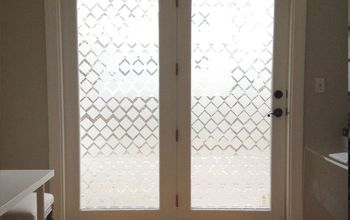


Frequently asked questions
Have a question about this project?